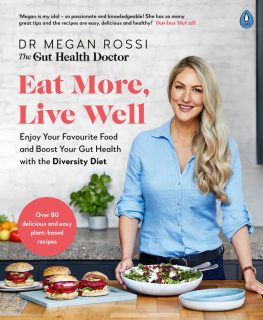Depending on what kind of exercise you’re doing, how often you’re doing it and what your goals are will determine the best way to eat for your activity, but here’s a guide to get you started:
Before exercise:
Have a small snack 1-2 hours beforehand – ideally,d this is a carbohydrate-based snack, low in protein, fat and fibre so it doesn’t sit in your stomach and make you uncomfortable. Good examples include:
- 1-2 pieces of fruit
- A glass of low fat milk and a piece of fruit
- A low fat milkshake or smoothie
- A cereal bar (not the nut/seed variety)
- Bread with fruit spread/honey
- Raisins
After exercise:
Think about the 3 R’s: Refuel, Repair and Rehydrate! Make sure you include some starchy carbohydrates (refuel), protein (repair) and fluid (rehydrate). If your next main meal is within a couple of hours you probably won’t need an extra snack but if there’s a longer gap, have a small snack to start your recovery.
Suitable ideas include:
- A balanced meal containing a wholegrain starchy carbohydrate, plant/animal protein, vegetables
- Toast with nut butter and a piece of fruit
- Hummus and wholegrain crackers and vegetable sticks
- Chicken with a chicken/tuna/salmon/hummus/falafel filling and salad
- Wholegrain cereal/oat granola/overnight oats with low fat milk/yogurt and fruit
- Low fat milkshake
- Chocolate milk
- Beans or eggs on toast
I get an upset tummy when I exercise – why, and what can I do?
It’s pretty common to experience symptoms such as tummy pain, diarrhoea, bloating and flares in other IBS symptoms during or after exercise and it can affect anyone from your casual gym-goer or runner to Olympic athletes.
When you start exercising the body undergoes several changes as stress hormones are released and there’s a change in blood flow supply away from the gut and to the working muscle which results in an overall reduced function of the gastrointestinal tract. This alters gut movements and speed leading to impaired nutrient absorption and some malabsorption which can in turn cause gut symptoms.
There are some dietary strategies we can use to manage symptoms, including things like fibre modification, potentially decreasing fermentable carbohydrates (FODMAPs) before exercising, as well as looking at hydration. It is also worth keeping in mind that excluding things from your diet may not be the answer and could do more harm than good if not done the right way.
Conclusion
Don’t let exercise-induced gut symptoms prevent you from achieving your fitness goals, whatever they may be. We know from scientific studies that exercise can positively influence our gut microbiota, potentially independently from the diet. Whilst it’s early days in terms of research, this may in part explain why exercising is already known to have associated health benefits.












